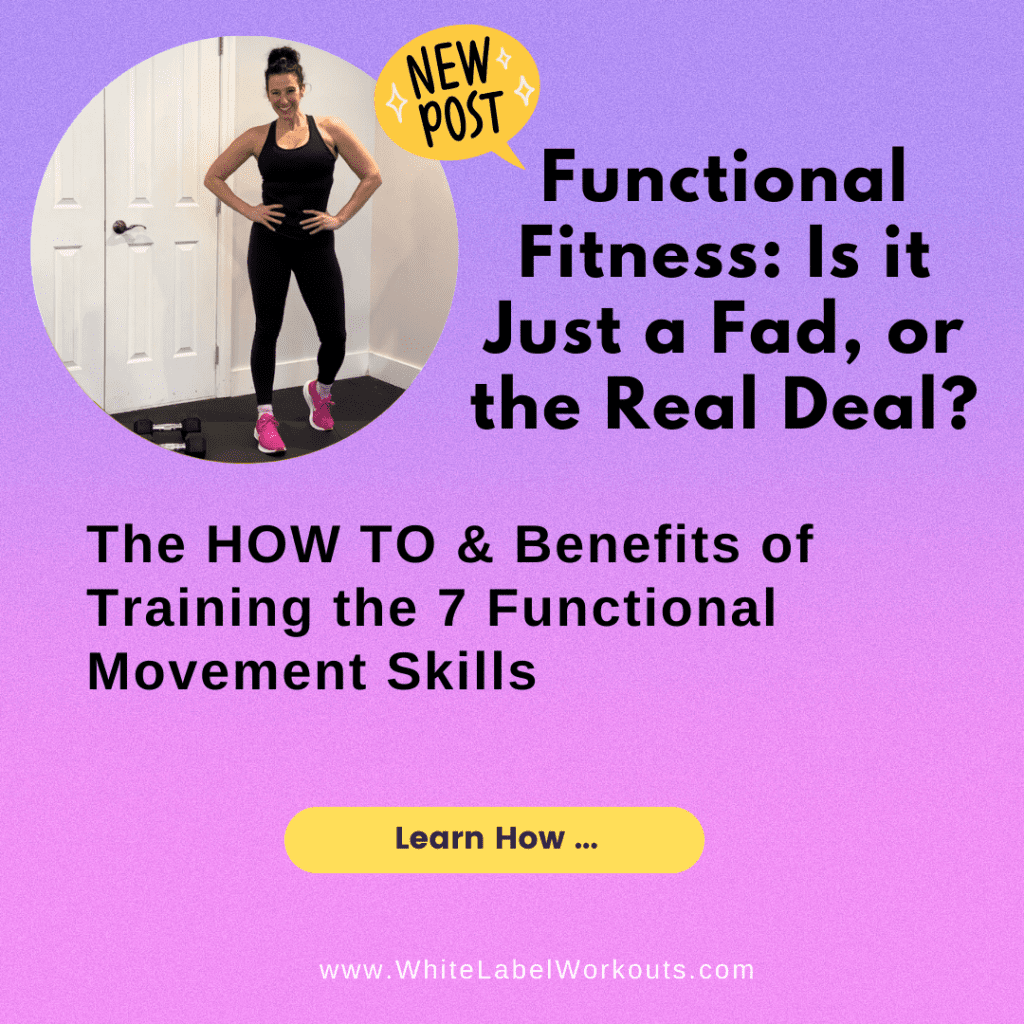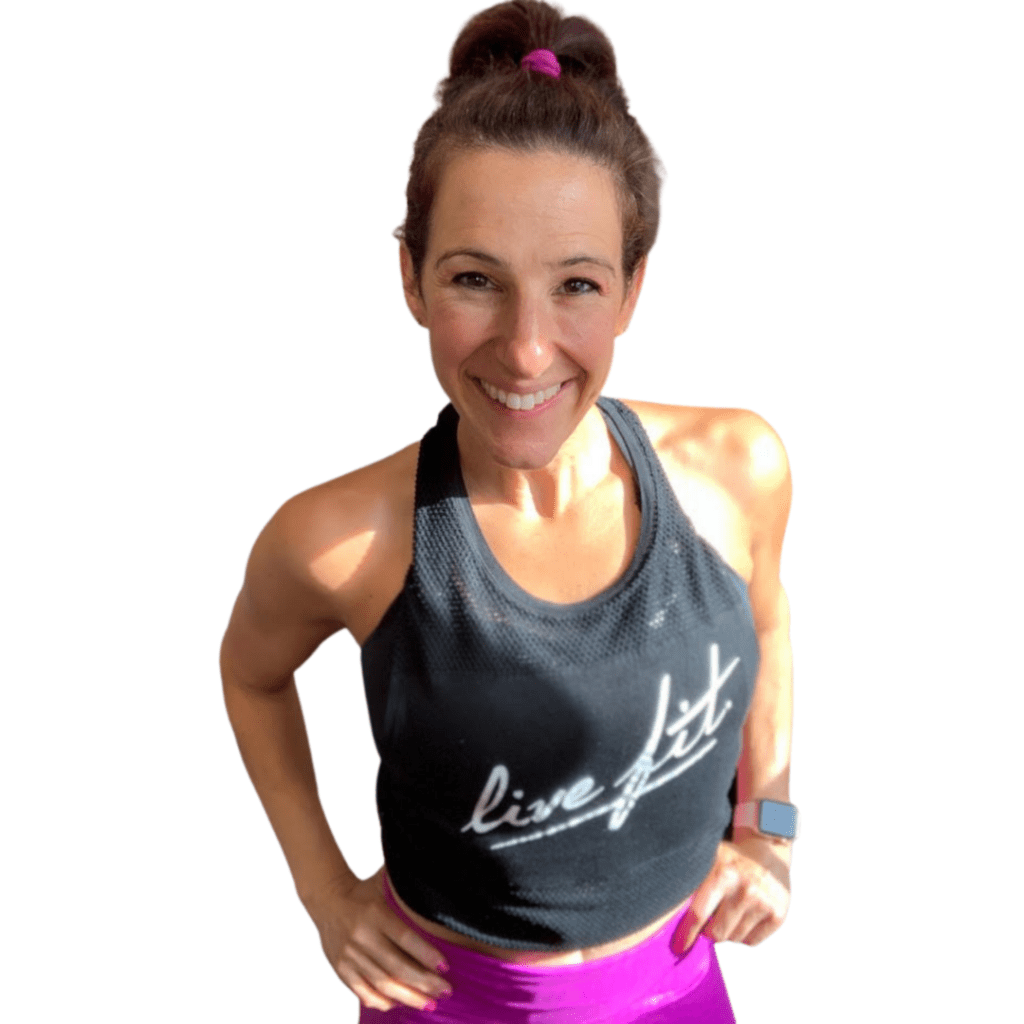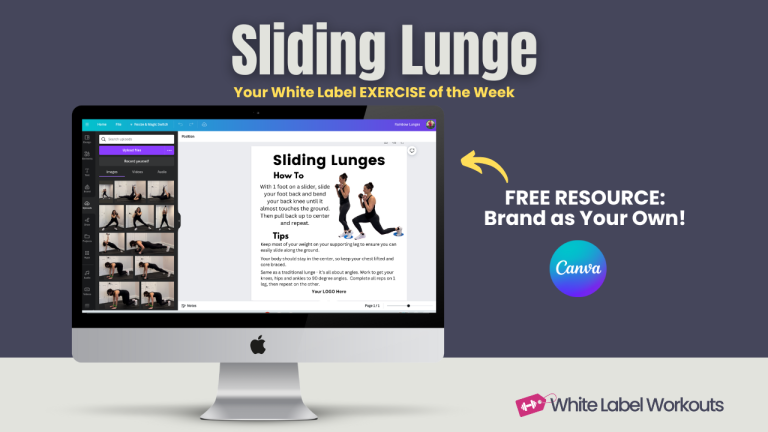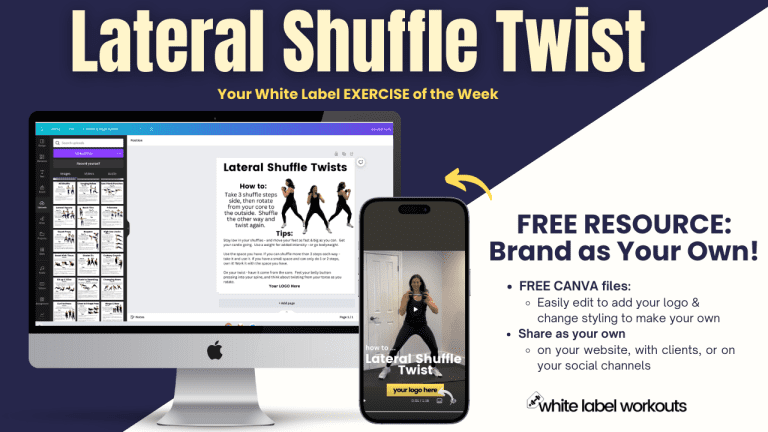
Alright, folks, let’s talk about something that’s been buzzing in the fitness world: functional fitness. You might have heard the term thrown around at the gym or seen it trending on social media, but what’s the deal? Is it just another passing trend, or is there something more to it?
Here’s the lowdown: functional fitness is all about training your body to handle real-life movements like a boss.
We’re talking about stuff you do every day, like bending down to tie your shoes, lifting groceries, or reaching for that top shelf. Instead of isolating muscles with fancy machines, functional fitness focuses on exercises that mimic these everyday motions. It’s about building strength, flexibility, and balance that actually help you in your day-to-day life—not just in the gym.
Now, you might be wondering, why all the hype 🤔
Well, let me tell you, there’s good reason for it.
Functional fitness isn’t just about looking good in the mirror (although that’s a nice bonus). It’s about feeling strong and capable in everything you do. Plus, by training your body to move better, you’re also reducing your risk of injury—a win-win in my book!
But here’s the best part: functional fitness is for everyone.
Whether you’re a total newbie or a seasoned gym-goer, there’s something for you. You can start with bodyweight exercises, progress to using weights or resistance bands, and even throw in some fun agility drills to mix things up. The key is finding what works for you and your body … or your client’s.
What are Functional Movement Skills?
There are 7 functional movement skills – and they are the building blocks of human motion that enable us to perform daily tasks efficiently and safely.
These skills mimic real-life movements and emphasize coordination, balance, flexibility, and strength. The 7 fundamental functional movement patterns are:
1. Squatting: Ah, the mighty squat! It’s not just about building killer legs; it’s about mastering a fundamental movement pattern essential for daily activities like sitting, bending, or lifting objects. Incorporate squats into your routines to boost lower body strength, improve flexibility, and enhance balance and stability.
2. Lunging: Step up your game with lunges! Whether forward, reverse, or lateral, lunges target multiple muscle groups while mimicking movements like walking or climbing stairs. They enhance lower body strength, stability, and mobility, making activities like carrying groceries or navigating uneven terrain a breeze.
3. Pushing: Push it real good! Pushing movements, like the push-up or overhead press, strengthen the chest, shoulders, and arms while promoting core stability. Mastering pushing skills not only improves upper body strength but also facilitates tasks such as opening doors, pushing carts, or even playing with your kids.
4. Pulling: Time to pull your weight – literally! Pulling exercises, such as rows and pull-ups, engage the back, biceps, and forearms, enhancing upper body strength and posture. By mastering pulling skills, you’ll find everyday activities like carrying heavy bags or pulling yourself up from a seated position much easier.
5. Hinging: Get ready to hinge for success! Hinging movements, like the deadlift or kettlebell swing, strengthen the posterior chain – the muscles along the back of your body – while improving hip mobility and stability. These movements are essential for lifting objects off the ground safely and efficiently, reducing the risk of lower back injuries.
6. Rotating: Twist and shout – but mostly twist! Rotational movements, such as Russian twists or woodchoppers, engage the core muscles and improve spinal mobility and rotational power. Mastering rotation not only enhances athletic performance but also supports everyday tasks like reaching for items or turning to look behind you.
7. Carrying: It’s time to carry your fitness gains everywhere you go! Carrying exercises, like farmer’s walks or suitcase carries, challenge grip strength, core stability, and overall endurance. By incorporating carrying skills into your workouts, you’ll not only improve functional strength but also make daily activities like carrying groceries or luggage feel like a walk in the park.
How to Incorporate Functional Skills into your Workouts?
Integrating functional movement skills into workouts is key to improving overall fitness and enhancing performance. Here’s how you can incorporate them effectively:
Functional Circuit Training: Create circuits that include exercises targeting each movement pattern, such as squats, lunges, push-ups, rows, and rotational exercises.
Compound Exercises: Choose compound movements that engage multiple muscle groups simultaneously, like deadlifts, kettlebell swings, and medicine ball throws.
Functional Fitness Equipment: Utilize equipment like stability balls, resistance bands, and suspension trainers to add variety and challenge to functional workouts.
Progressive Overload: Gradually increase the intensity, duration, or resistance of exercises to continuously challenge your clients and promote strength gains.
Balance and Stability Training: Incorporate balance and stability exercises, such as single-leg stands or stability ball exercises, to improve proprioception and prevent injuries.
How Do Functional Skills Benefit Everyday Life?
Mastering functional movement skills doesn’t just lead to gains in the gym; it enhances performance in daily activities as well. Here are some ways these skills translate into everyday life:
Improved Mobility: Enhanced range of motion and flexibility make activities like bending, reaching, and lifting objects easier and safer.
Increased Strength: Functional exercises build functional strength, making tasks like carrying groceries, lifting children, or moving furniture less taxing.
Better Posture: Core stability and proper alignment cultivated through functional training support better posture during prolonged sitting or standing.
Injury Prevention: Strengthening key muscle groups and improving movement patterns reduces the risk of strains, sprains, and other common injuries.
Enhanced Balance and Coordination: Better balance and coordination make navigating uneven surfaces, stairs, and other obstacles in daily life smoother and safer.
The Benefits of Functional Fitness
Functional fitness isn’t just a trend; it’s a game-changer for overall health and well-being. Here’s why you should incorporate it into your coaching practice:
Versatility: Functional exercises can be adapted to suit individuals of all fitness levels and ages, making them accessible to everyone.
Real-World Application: By focusing on movements relevant to everyday life, functional fitness directly improves clients’ ability to perform daily tasks with ease.
Efficiency: Functional workouts target multiple muscle groups simultaneously, maximizing results in less time.
Injury Rehabilitation: Functional training can aid in rehabilitating injuries by restoring proper movement patterns and strengthening weakened areas.
Long-Term Health: Building functional strength and mobility not only enhances performance but also promotes longevity and independence as clients age.
So … in conclusion …
Is functional fitness just a passing fad? Nah, I don’t buy it. It’s a real-deal, tried-and-true training principle that’s here to stay.
Coaches, are you ready to unleash the power of functional movement skills in your training sessions? Let’s elevate fitness, one functional rep at a time! For more tips and resources, visit WhiteLabelWorkouts.com. And remember, I’m here to support you every step of the way. Don’t hesitate to reach out – let’s chat! 🚀
Xoxo ~ Ro ~ Your Online Fitness Specialist
#FunctionalFitness #RealDeal #WhiteLabelWorkouts




